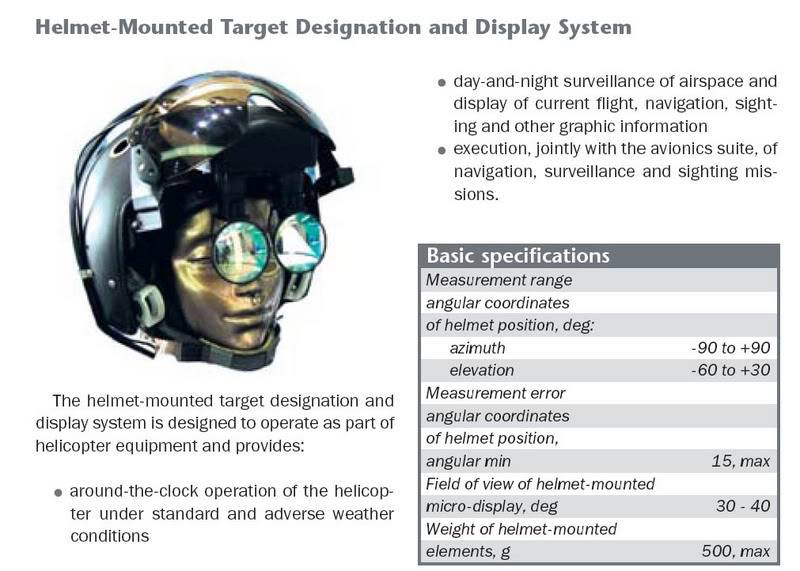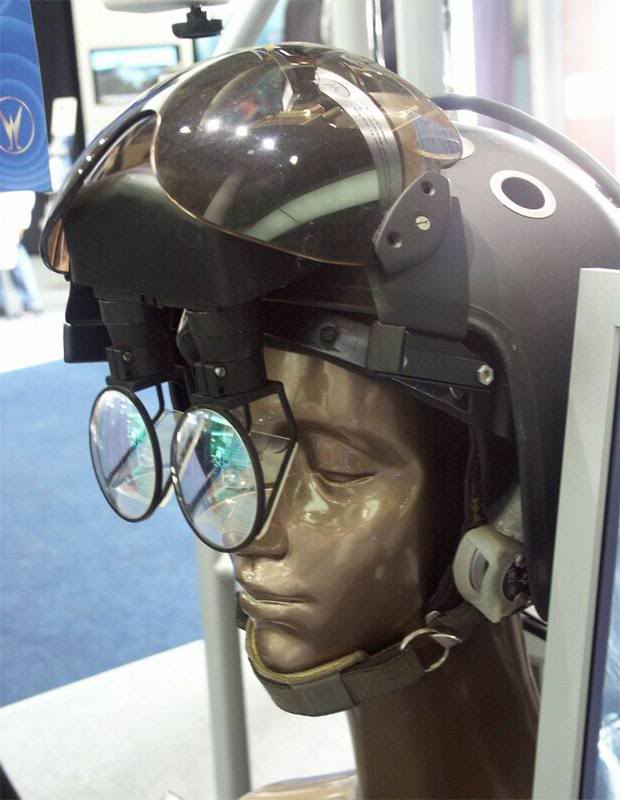 GarryB Sat Apr 20, 2013 10:41 am
GarryB Sat Apr 20, 2013 10:41 am
It should be kept in mind that rockets are traditionally used against area targets and their dispersion in flight actually improves their effectiveness rather than reduces it against many target types.
The weapons used against point targets were guns and missiles, where the guns lacked range but were cheap and accurate enough to hit point targets, while missiles were expensive but had long range, and high penetration performance and excellent accuracy.
Rockets would be used against a location rather than a specific target... often an area where enemy fire is coming from with a clutch of rockets would suppress, if not snub out.
As optics and radar and other sensors improve however locating the precise targets mean more missiles and less rockets make sense, but missiles are expensive.
Ugroza increases the cost per rocket, but against a range of target more than makes it worthwhile. The vast majority of vehicles on the battlefield are light vehicles like trucks that don't need 1m+ penetration warheads to defeat. In fact a decent 5-10kg warhead would be much more effective in dealing with such targets than HEAT warheads.
Ugroza means that a pilot can load their aircraft with accurate long range weapons that are not enormously expensive yet can defeat light and unarmoured vehicles from safe standoff distances at a price that allows its use in enormous numbers.
A good example is ground forces currently in Afghanistan using Javelin for destroying any point target they come across.
The Ugroza is the equivalent of an RPG but with guidance to allow much longer range engagements than is possible with the unguided RPG.
More importantly being able to detect laser target markers means that the helo can directly cooperate with ground forces where if they come under fire they can mark the threat themselves and call in the launch of a single rocket from max range. Most modern laser target markers work from 7-10km range and could even be mounted on a UAV in very dangerous areas.
Most helos only carry about 8 guided missiles, but a Mi-28N could carry 16 Shturm or Ataka or Krisantema missiles on their outer weapon pylons and two 20 shot 80mm rocket pods on their inner wing pylons for a total of 56 guided air to ground weapons.
That is a lot of trucks and pillboxes.
I remember an article I read recently that talked about new model 80mm rockets with larger warheads and more powerful rocket motors that were terminally guided, but AFAIK Ugroza was designed for any and all Russian unguided rockets from the 57mm with 800 gram (0.8kg) warheads, through 80mm rockets with warheads from 4kg to about 8kg, the 122mm rockets with warhead weights of 21-40kg, and the 240mm calibre rockets with 50kgs of HE and of course the 266mm rockets with 150kgs of HE. The 57mm rockets came in a range of launchers with 16 and 32 rocket pods for fighter and helo use, while the 80mm rocket pods were 20 shot each. The 240mm rockets didn't use pods and were pylon launched, while the 266mm rockets were loaded into single round tubes for launch.
Even without a HEAT warhead the 266mm rockets could kill a tank simply by shattering everything inside without penetrating the armour, and would be especially effective against bunkers and buildings.














